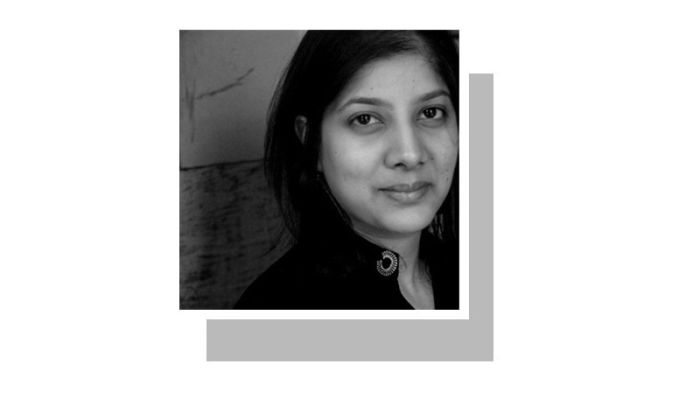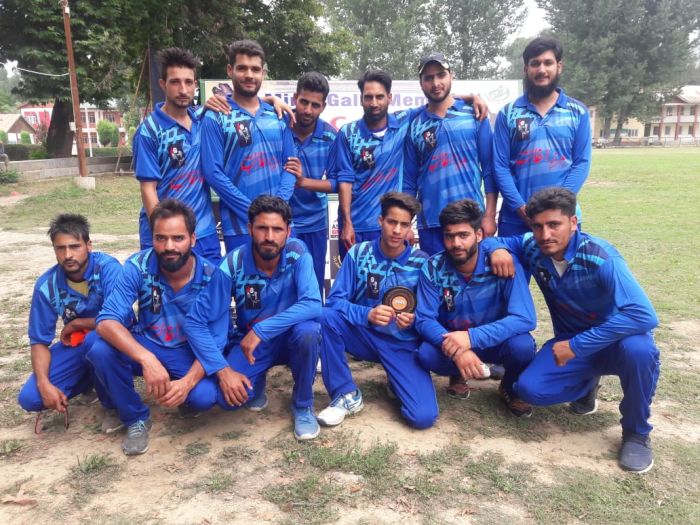By: Huma Yusuf
THOSE who have reservations about the prospect of Prime Minister Imran Khan have spent the past few days in search of silver linings. Thankfully, there are a few: for instance, the unprecedented female voter turnout in conservative districts of Khyber Pakhtunkhwa; Mahesh Malani, a Hindu politician, winning on a general seat; the inclusion of former PTM leaders Mohsin Dawar (though since annulled, due to low women’s turnout) and Ali Wazir in the National Assembly.
However, the failure of religious political parties to win many seats should not offer too much consolation. True, the parties had a poor showing: 12 seats for the Muttahida Majlis-i-Amal at the federal level; 10 and nine seats for the alliance in KP and Balochistan, respectively; one seat for the MMA and two seats for Tehreek-i-Labbaik Pakistan (TLP) in Sindh. This represents more than 4.6 million votes cast, and is largely consistent with religious parties’ previous performance, which has hovered around the five per cent to 7pc mark, other than in the 2002 election.
This result is a relief for those who had watched the NA-120 by-election in 2016 in horror, and feared that the TLP and Hafiz Saeed-backed Milli Muslim League (MML), which took third and fourth place in that contest, would gain momentum and emerge as serious political contenders in the 2018 general poll.
But in Pakistan, parliamentary seats alone do not a victory make. The religious political parties, particularly the newcomer extremist variety, may not have won big, but they have much to celebrate.
Primarily, they can revel in their successful hijacking of this election’s political narratives. Rather than moderate their positions in order to compete, they managed to radicalise part of the mainstream political discourse. For instance, Khatam-i-Nabuwwat, a religious subject, has become a key political issue. Thanks to the emergence of the TLP, we’ve had to endure PML-N’s Capt Safdar praising Mumtaz Qadri in parliament and turning on his own party for ‘naming’ a physics centre housed on the Quaid-i-Azam University campus after Prof Abdus Salam. Despite this, and even after Nawaz Sharif’s dismissal, conviction and imprisonment on corruption charges, we’ve also seen the PML-N being attacked for its perceived stance on the blasphemy laws and being portrayed as Qadri’s killers. Surely, we deserve a more substantive political discourse than this.
The ascendancy of the religious political parties also likely explains the uncanny silence around the attempted assassination in May of Ahsan Iqbal by a TLP supporter. At any other time, such a shocking incident would have dominated the campaign, with pledges to focus on securing democracy, its representatives and upholding the rule of law.
It is also not possible to ignore the fact that the PTI’s populist rhetoric is borrowed directly from religious political parties, and can barely be differentiated from that of the MMA, which focused in its campaign on issues such as justice, economic reforms and the scarcity of potable water.
Perhaps the most telling impact of the religious political parties’ political intervention was the silence of practically all parties around the issue of terrorism. Even after the Mastung blast on election day, none of the mainstream parties dared focus on the National Action Plan, the scourge of extremism and the need for madressah reform in the country.
The more extreme parties can also celebrate the launch and legitimisation of the ‘mainstreaming’ project, an idea reportedly first floated by the security establishment in 2016. It seems that we can expect parties such as the TLP and Lashkar-e-Taiba (LeT) affiliates to gain momentum and representation over time.
While the emergent religious parties won few seats, they were able to field an impressive number of candidates: the TLP had 566 nationwide, and LeT affiliates more than 250. In total, religious political parties fielded 1,500 candidates, up from a few hundred in 2013. It is apparent that these parties see 2018 as a trial run, and they have learned their lessons. The TLP has already reflected on its resource challenges when it comes to running a national campaign. The MML and its alter egos are working on cultivating a softer image — its candidates this time included women and religious minorities.
It is to be expected that as these parties’ electoral tactics improve, so, too, will their seat count. And with their growing clout, the Islamisation of Pakistan’s political sphere can be said to be under way. In subsequent elections we may well see the likes of TLP enter the National Assembly, traditional religious parties of the MMA type win more seats for being not too extreme, and even more right-wing rhetoric from the so-called mainstream parties. In whatever comes after Naya Pakistan, most contenders would be religious political parties.
- dawn.com





